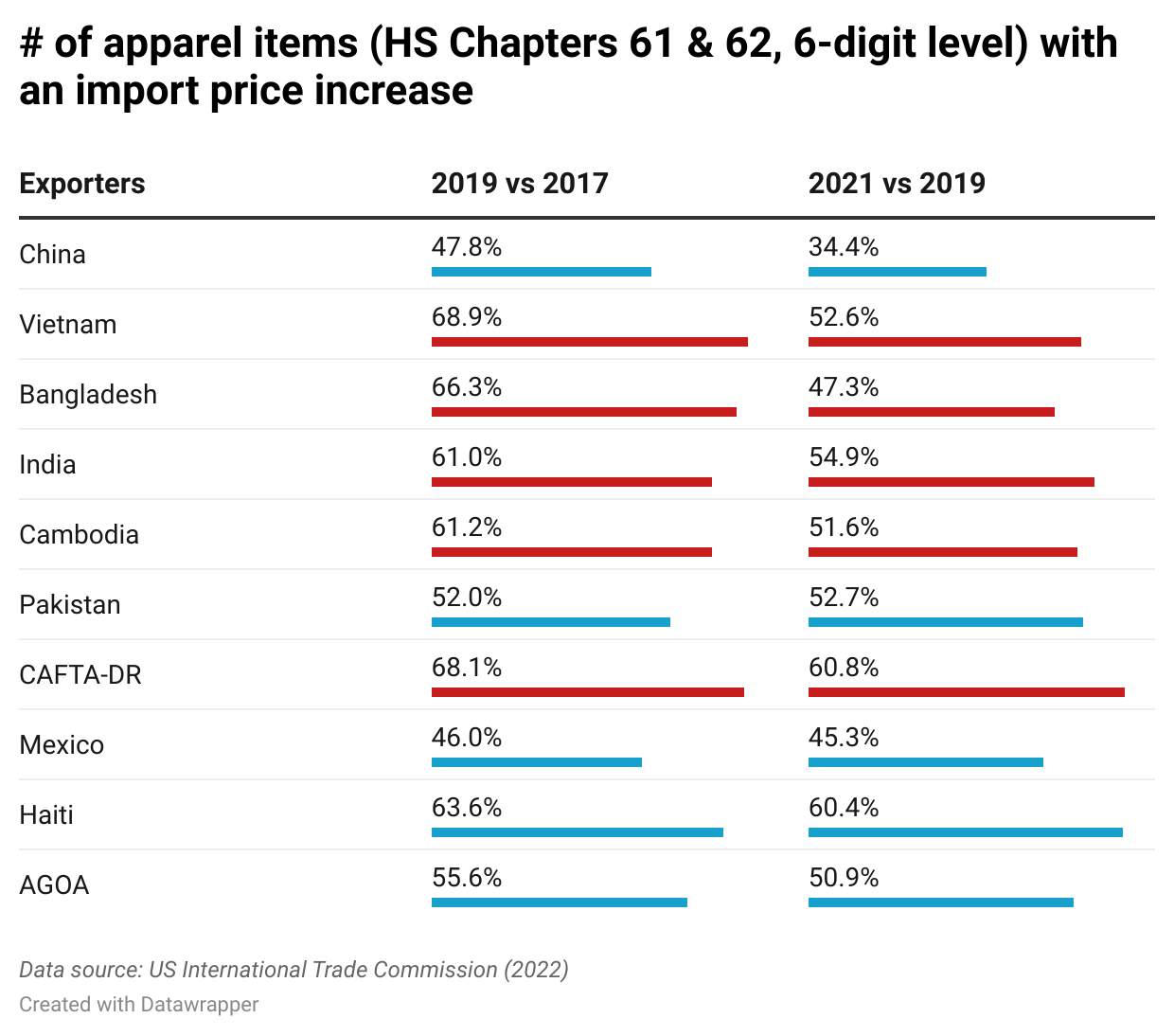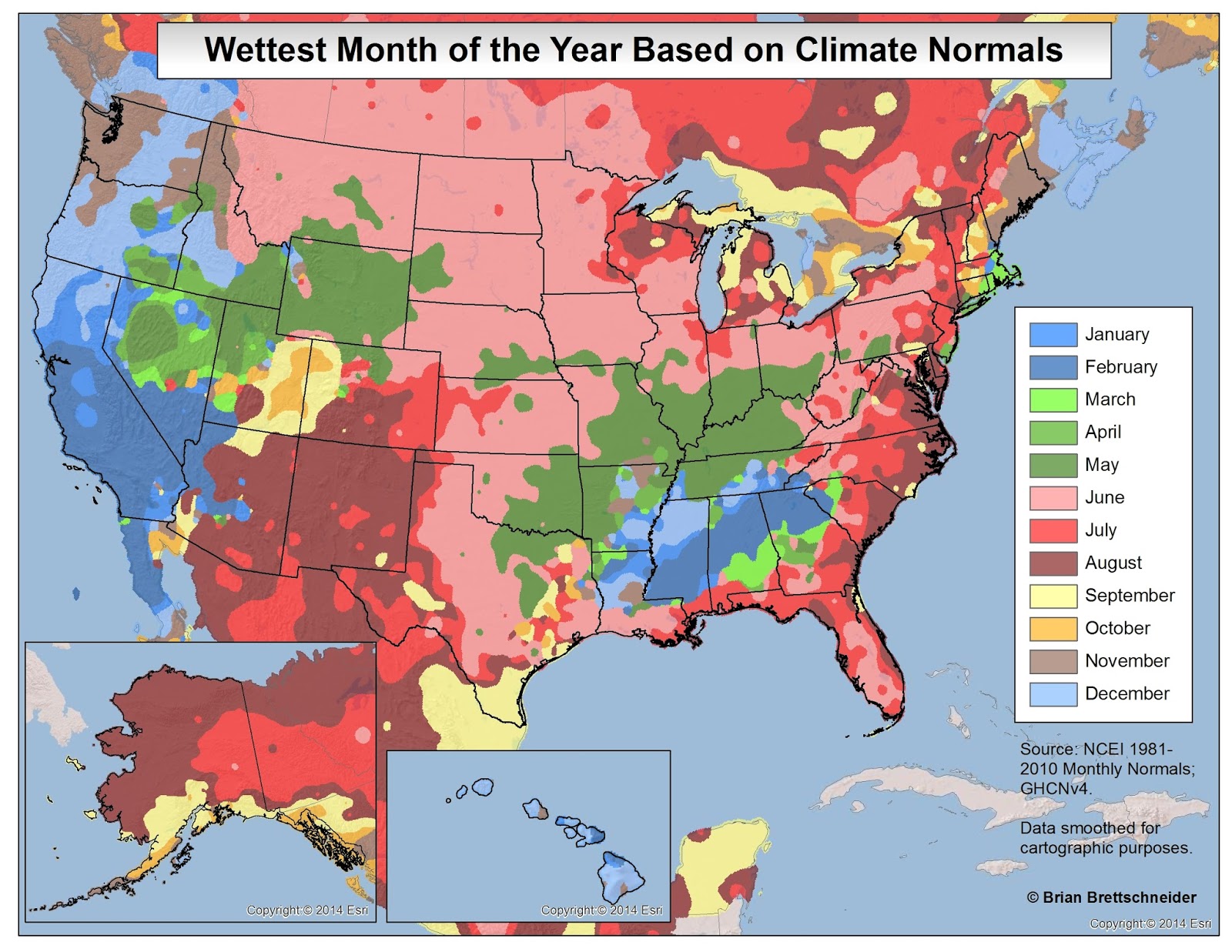US Tariffs: A Looming Shadow At The Asia Summit Amid Growing China Ties

Table of Contents
The Impact of US Tariffs on Regional Trade Dynamics
US tariffs have profoundly reshaped the economic landscape of Asia, creating both challenges and opportunities. Their impact reverberates throughout regional trade dynamics, influencing everything from supply chains to geopolitical alliances.
Disruption of Supply Chains
US tariffs have significantly disrupted established supply chains across Asia, impacting businesses heavily reliant on US-China trade. This disruption manifests in several ways:
- Increased production costs: Tariffs directly increase the cost of goods imported from China to the US, impacting businesses' profitability.
- Delays in delivery: Navigating tariff regulations and customs procedures leads to significant delays in the delivery of goods.
- Search for alternative sourcing: Businesses are actively seeking alternative suppliers outside of China to mitigate the impact of tariffs.
- Relocation of factories: Many companies have begun relocating their manufacturing facilities from China to other Asian countries or regions to avoid tariffs.
The ripple effect of these disruptions is substantial. Even businesses not directly involved in US-China trade experience knock-on effects, such as increased input costs and reduced market access.
Shifting Geopolitical Alliances
The imposition of US tariffs has forced Asian nations to reassess their trade relationships, leading to a closer alignment with China as an alternative market and manufacturing hub. This shift is evident in:
- Increased trade agreements with China: Many Asian countries have signed or are negotiating new trade agreements with China to strengthen economic ties.
- Regional trade blocs (RCEP): The Regional Comprehensive Economic Partnership (RCEP) signifies a growing trend towards regional economic integration, partially in response to US trade policies.
- Diversification of trade partners: Asian nations are actively seeking to diversify their trading partners to reduce dependence on any single market.
For example, countries like Vietnam and Bangladesh have seen a surge in foreign direct investment as companies relocate production from China to avoid US tariffs.
Inflationary Pressures and Economic Uncertainty
Tariffs contribute significantly to higher prices for consumers and businesses across Asia, leading to economic uncertainty and hindering growth. This is manifested in:
- Increased cost of goods: Tariffs directly increase the price of imported goods, impacting consumer affordability.
- Reduced consumer spending: Higher prices lead to reduced consumer spending, impacting overall economic demand.
- Impact on GDP growth: Economic slowdowns and reduced investment are directly tied to the uncertainties and increased costs introduced by tariffs.
- Investor concerns: The unpredictability of US trade policy creates uncertainty for investors, potentially hindering long-term economic growth.
Data from various Asian economies show a correlation between the implementation of US tariffs and increases in inflation rates and slower GDP growth.
China's Growing Economic Influence in Asia
China's economic influence in Asia has grown substantially, partly due to the disruptions caused by US tariffs. Several factors contribute to this increased influence:
"Belt and Road Initiative" (BRI)
China's Belt and Road Initiative (BRI) presents an alternative economic framework to nations impacted by US tariffs, significantly enhancing China's regional influence. The BRI focuses on:
- Infrastructure projects: The BRI funds massive infrastructure projects across Asia, improving connectivity and facilitating trade.
- Investment in Asian economies: China invests heavily in Asian economies through the BRI, fostering economic dependence.
- Increased economic dependence on China: The BRI's infrastructure projects create a greater dependence on China for trade and investment.
The BRI's strategic implications are far-reaching, potentially reshaping the geopolitical landscape of Asia and challenging traditional US influence.
Regional Trade Agreements
China's active engagement in regional trade agreements like RCEP allows for deeper economic integration with Asia, mitigating the negative consequences of US tariffs. This includes:
- Reduced trade barriers: RCEP reduces trade barriers amongst participating nations, promoting increased trade.
- Increased market access: Chinese businesses gain greater access to Asian markets through RCEP.
- Stronger economic ties within the region: RCEP fosters stronger economic ties and interdependence within Asia.
While RCEP offers benefits, it also raises concerns about potential imbalances of power and the dominance of larger economies.
Technological Partnerships
China's expanding technological partnerships with Asian nations provide alternatives to Western technologies, thereby reducing reliance on US-led technological dominance. These partnerships encompass:
- 5G infrastructure: China is actively deploying 5G infrastructure across Asia, challenging US tech dominance in this crucial sector.
- AI development: China is collaborating with Asian countries on artificial intelligence development.
- Digital economy collaborations: China is forging partnerships to develop the digital economies of Asian countries.
These technological collaborations solidify China's position as a major player in shaping the future of technology in Asia.
Navigating the Challenges at the Asia Summit
The impact of US tariffs creates significant diplomatic tensions and necessitates careful navigation of complex economic and political considerations at the Asia Summit.
Diplomatic Tensions
The ramifications of US tariffs create a complex web of diplomatic tensions requiring intricate negotiations:
- Bilateral discussions: Countries are engaging in bilateral discussions to address specific trade concerns.
- Multilateral negotiations: Multilateral discussions are essential to finding solutions that benefit all parties.
- Search for compromise: Reaching mutually acceptable solutions requires compromise from all stakeholders.
The potential for conflict is significant, necessitating careful diplomatic maneuvering to prevent escalating tensions.
Rethinking Trade Strategies
Asian nations are actively reevaluating their trade strategies to diversify markets and minimize risks stemming from US tariffs. This includes:
- Investment in domestic industries: Many countries are investing in their domestic industries to reduce reliance on imports.
- Strengthening regional supply chains: Efforts are underway to strengthen regional supply chains, reducing dependence on extra-regional trade.
- Promoting economic resilience: The focus is shifting towards promoting economic resilience to withstand external shocks.
Countries are actively diversifying their trading relationships and investing in their local production capabilities.
The Future of US-Asia Relations
The long-term consequences of US tariffs on US-Asia relations remain uncertain, demanding careful diplomatic navigation and potentially new trade agreements. Potential scenarios include:
- Potential for trade negotiations: The possibility of renewed trade negotiations and tariff reductions remains.
- Easing of tariffs: A gradual easing of tariffs could lead to some stabilization in trade relations.
- Shifting global power dynamics: The impact of US tariffs will likely accelerate the shift in global power dynamics.
The future of US-Asia relations hinges on diplomatic efforts to find mutually acceptable solutions.
Conclusion
The looming shadow of US tariffs significantly impacts the Asia Summit and the expanding economic ties between China and its Asian neighbors. The disruption of supply chains, shifting geopolitical alliances, and inflationary pressures highlight the complex challenges facing regional stability. China's growing economic influence, fueled by initiatives like the BRI and RCEP, offers alternative economic pathways for Asian nations. Navigating these challenges requires careful diplomatic efforts and a reassessment of trade strategies. The Asia Summit must address the multifaceted impact of US tariffs to ensure sustainable economic growth and regional cooperation. Understanding the dynamics of US tariffs and their implications is crucial for all stakeholders involved in the Asia-Pacific region, requiring proactive engagement and strategic planning to mitigate the risks and seize emerging opportunities in this evolving economic landscape. Don't get caught off guard—stay informed about the impact of US tariffs on your business and the Asia-Pacific region.

Featured Posts
-
 Paramount Responds To Backlash Over Nathan Fielders Nazi Portrayal
May 27, 2025
Paramount Responds To Backlash Over Nathan Fielders Nazi Portrayal
May 27, 2025 -
 Martedi 20 Maggio Almanacco Santo Del Giorno Proverbio E Compleanni
May 27, 2025
Martedi 20 Maggio Almanacco Santo Del Giorno Proverbio E Compleanni
May 27, 2025 -
 Preduprezhdenie Ot Lagard Inflatsiya I Retsesiya V Evropa Onlayn Vestnik Struma
May 27, 2025
Preduprezhdenie Ot Lagard Inflatsiya I Retsesiya V Evropa Onlayn Vestnik Struma
May 27, 2025 -
 Caf Decision Importante Concernant Le Sahara Occidental
May 27, 2025
Caf Decision Importante Concernant Le Sahara Occidental
May 27, 2025 -
 Ashton Kutcher And Mila Kunis A Roman Holiday To Confuse The Rumor Mill
May 27, 2025
Ashton Kutcher And Mila Kunis A Roman Holiday To Confuse The Rumor Mill
May 27, 2025
Latest Posts
-
 April 2024 Outlook The Newest Updates
May 31, 2025
April 2024 Outlook The Newest Updates
May 31, 2025 -
 April Rainfall Is It The Wettest Month Of The Year
May 31, 2025
April Rainfall Is It The Wettest Month Of The Year
May 31, 2025 -
 Trendige Naegel Lavender Milk Nails Anleitung And Inspiration
May 31, 2025
Trendige Naegel Lavender Milk Nails Anleitung And Inspiration
May 31, 2025 -
 Der Fruehling Kommt Mit Lavender Milk Nails Trendige Nageldesigns
May 31, 2025
Der Fruehling Kommt Mit Lavender Milk Nails Trendige Nageldesigns
May 31, 2025 -
 Is April The Rainiest Month In Your Area Rainfall Data Analysis
May 31, 2025
Is April The Rainiest Month In Your Area Rainfall Data Analysis
May 31, 2025
